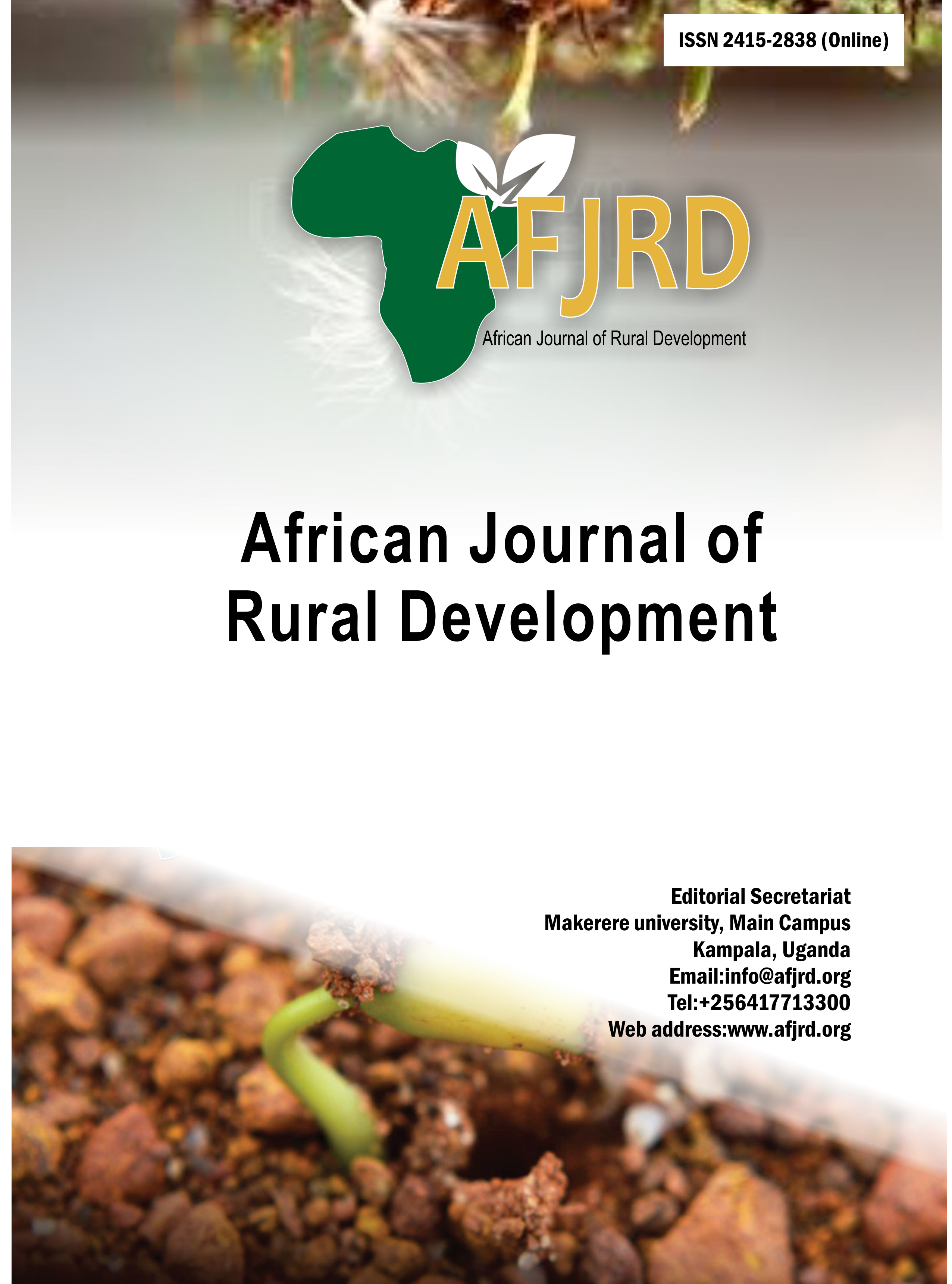Inheritance of Grain Filling Traits And Their Use for Improving Grain Yield In Early Maturity Maize
Main Article Content
Abstract
Earliness continues to carry a yield penalty of around (20-30) % less than late maturity varieties, deployment and use of grain filling traits is vital. Fifty (55) FI crosses were generated using North Carolina mating Design II using (6) tropical medium-late and (16) exotic early maturing inbred lines as female and male parents, respectively. Fewer crosses were as a result of both very limited seed amounts of exotic inbred lines and stress susceptibility at multiplication. However, sixty (60) hybrids (including early maturing checks-SC 301 and SC 403) were planted in a (10x6) α-lattice design with two replications in three trial sites. Combining ability analyses indicated significant differences (P<0.001 to 0.05) among genotypes for grain filling traits, flowering, and grain yield. The differences between means of the top ten (10) hybrids (F5xP13, F1xP13, F3xP1, F5xP1, F5XP9, F3XP3, F5xP2, F3xP2, F5XP12 F3xP10) and bottom ten (10) hybrids (F3xP14, F1xP8, F2xP1, SC 403, F3xP11, F2xP14, F2xP9, F1xP9, F2xP12, F2xP2, SC 301and F2xP8) for grain filing rate and single plant grain yield were 39% and 33%, respectively. Broad and narrow sense coefficients of genetic determination were high for majority of traits. Bakers Ratio was high for majority of grain filling and flowering traits implying that additive gene action was more important than non-additive gene action. Early maturing and high yielding hybrids were identified could serve as baseline germplasm for developing early maturing and high yielding maize varieties.
Key words: Combining ability, grain filling traits, North Carolina Design II, Inbred lines, Zea mays
Article Details

This work is licensed under a Creative Commons Attribution 4.0 International License.
